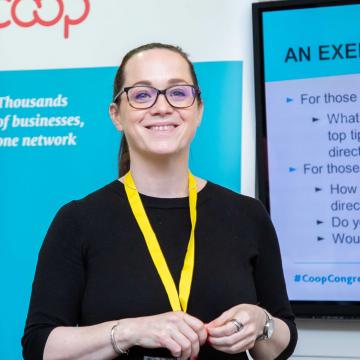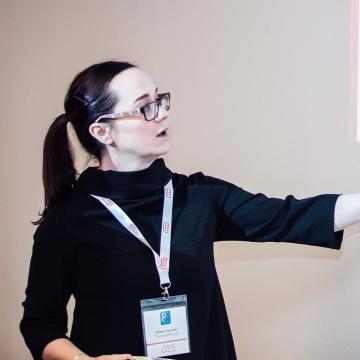Co‑operatives: getting governance and oversight right
Blog post

Good governance has always been a central part of the way that the co‑operative movement works. But it can make accountability and responsibility more diffuse says Centre for Governance and Scrutiny Chief Executive, Jacqui McKinlay.
Co-operative governance
Working in partnership, collaborating, having open and democratic decision‑making – all of these are fundamentals that set co‑ops apart from many other organisations.
This is a big strength – but it also has the potential to be a weakness. The unique nature of co‑operative governance gives everyone a stake in decision making – but it can make accountability and responsibility more diffuse. It can make it more of a challenge for organisations in fast‑moving sectors to make tough, strategic decisions quickly too.
Because culture is so important to co‑operatives, it can be easy to neglect to embed the components of governance which give assurance and challenge. We can be left with ill‑defined and loosely‑expressed rules, procedures and systems and a concern that members’ voices are not being heard. The challenge lies in developing systems to ensure that structures and cultures around good decision-making work well together.
Enhancing co-operative distinctiveness
We believe that the co‑operative movement’s distinctiveness can be enhanced, not diminished, by introducing a specific oversight or scrutiny type function. We think co‑ops can find in the movement’s existing commitment to conversation and partnership, a way to strengthen governance that reflects its essence.
Having a specific space in the organisation – whose role is oversight and scrutiny does not mean that it will not, or should not, happen elsewhere. But what it does do is provide focus, and profile, for this important function. Testing decisions and their impacts through scrutiny (led by people other than principal decision‑makers) will make decision‑makers themselves more effective.
In particular, there are ways and means to put in place vigorous, internal scrutiny – to challenge constructively the decision-making process, the strategic direction of the organisation, and its performance.
Making scrutiny work well
Structure aside, there are some other key ways to make scrutiny work well:
- Using it to bring a wider range of insights and perspectives into the decision-making process. Who is involved, and at what stage, in the decision-making process?
- Using it as a way to ensure that decision-makers have the right information to inform and direct their work – because people sitting on scrutiny or oversight boards (or similar) will be able to probe and test management (and other information) from different angles to decision-makers themselves;
- Using it to knit together short term issues (performance, your budget) with long term matters (strategy, a three year or five year plan for the business) by carefully interrogating information that the organisation holds on risk, and seeking to understand and contribute to the appetite that you have for risk both in the short and long term.
One of the most important things to make scrutiny work is, of course, having the right people carrying out the role, with the right support. One of the critical things we and our clients have learned is the importance of having people with the confidence – and the independence of mind – to challenge received wisdom and to bring an element of creative tension to decision-making, particularly at a strategic level.
And for this to work, in turn it requires that these people have the support and budget to carry out their work – and that their work is taken seriously by people with executive, decision-making responsibility. We talk a lot about parity of esteem between executive and non-executive roles, for precisely this reason.
In our experience, working across a vast range of organisations, sectors and setting, often in challenging organisational context, putting in place the structures is the easy part - equipping people to create the right culture and develop and embed effective processes requires more work.
The ultimate aim is to create a single team ethos between the decision‑makers and scrutineers, everyone working towards the same goal of achieving the business goals. There is often a natural instinct to see scrutiny as not adding value, causing delays or to view it from a defensive stand point. For those with oversight roles, it can be difficult to prioritise, balance competing demands, communicate effectively and find the time to do the job well.
None of these challenges are insurmountable, the benefits of having an oversight and scrutiny component to your governance are immense, from increased member confidence, to improved decision‑making.
Centre for Governance and Scrutiny

Practitioners Forum 2023

Governance support

Contact package

